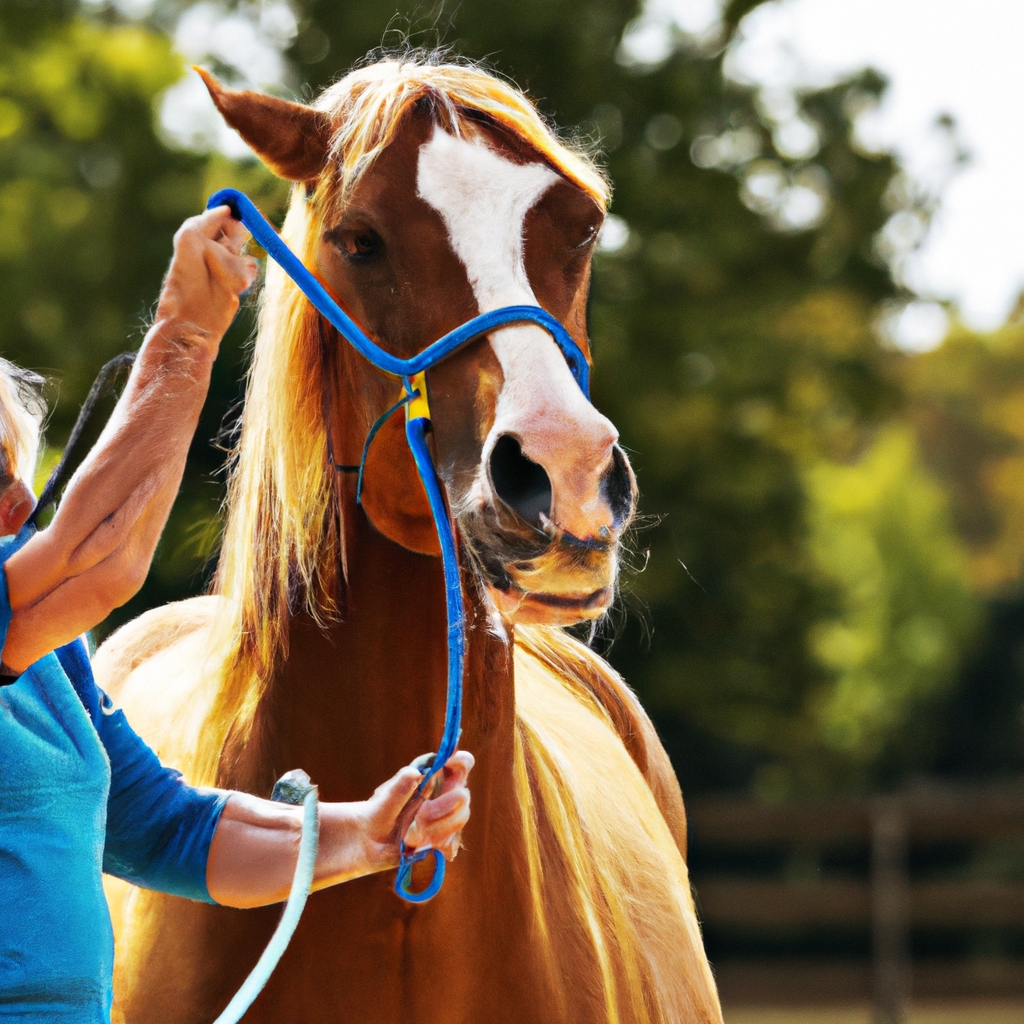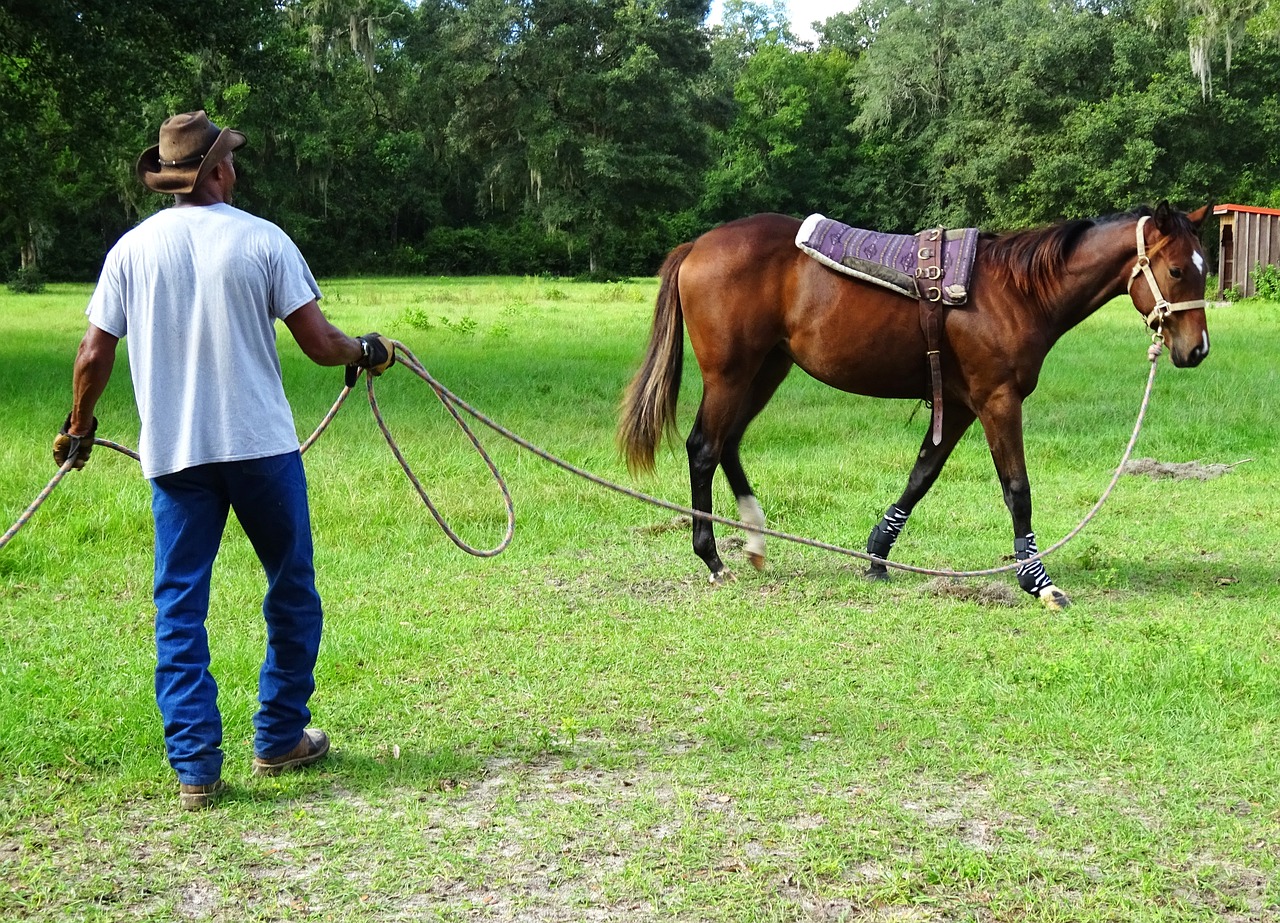Training horses isn’t a mere walk in the park. It requires patience, understanding, skill, and most importantly, authentic connections with these noble creatures. “Mastering Horse Training Fundamentals” delves into the very essence of what it takes to become an adept horse trainer. You’ll learn the importance of establishing trust, mastering basic commands, dealing effectively with horse psychology, and maintaining safety protocols. Prepare to embark on an enlightening journey into the world of horse training and discover how to enhance your bond with these magnificent animals.
Understanding Horse Behavior
Horse training begins by understanding horse behavior. So, before you learn how to control a horse, you need to learn to communicate with them in their language.
Recognizing horse body language
You can tell a lot about a horse’s state of mind by interpreting its body language. The position of their ears, tail, and even their nostrils gives valuable insight into their mood. Ears pointed forward indicate curiosity, while those flattened backwards signal fear or aggression. Tail swishing may depict annoyance, and flared nostrils can imply excitement or fear.
Interpreting horse vocalizations
Horse vocalizations such as neighs, whinnies, nicker, and snorts are other ways horses communicate. A neigh or whinny is usually a call for attention or a greeting, while a nicker is often a signal of affection. Snorts can mean that a horse is alert and potentially alarmed.
Understanding horse instincts
Horses have instinctual behaviors related to their status as prey animals. These instincts include a strong flight response and herd mentality. Understanding these instincts can help you manage and train your horse effectively and with compassion.
Sensing horse temperament and moods
As with humans, horses have differing temperaments and moods. Some are laid back and docile, while others may be more spirited or nervous. Understanding your horse’s specific temperament and moods can help you adapt your training techniques to best suit your horse.
Selecting the Right Horse Training Equipment
Training equipment plays a crucial role in effective horse training. Using the right equipment helps in communication and prevents discomfort or injuries.
Choosing an appropriate saddle
A saddle should fit both rider and horse comfortably. It should distribute the rider’s weight evenly and not hinder the horse’s movement. You should consider your horse’s size, comfort, and the type of riding when choosing a saddle.
Understanding different types of bridles
Bridles serve as communication tools, allowing you to guide your horse. There are various types of bridles, including snaffle, curb, and hackamore bridles. The choice depends on the horse’s training level and the specific riding style.
The importance of horse boots and bandages
Horse boots and bandages provide additional support and protection. They are particularly vital during vigorous activity to prevent injury.
Other essential horse training tools
Other training tools include lunge lines, lead ropes, riding crops, and spurs. They aid in various training aspects, from directing movement to encouraging obedience.

Establishing Trust with Your Horse
Creating a strong bond with your horse is a vital aspect of training. A horse that trusts its handler will be more responsive and easier to train.
Building a bond with your horse
Building trust takes time and constant interaction. Spending quality time with your horse, grooming, feeding, and simply hanging out in the pasture can help establish this bond.
The importance of consistency
Consistency is key in establishing trust. Be consistent in your commands, rewards, and even your energy levels. Horses can sense and respond to your emotions, so try to keep them steady.
Respecting the horse’s boundaries
Just like humans, horses also have personal space. Encroaching this space can cause the horse to feel threatened. Always approach a horse calmly and respect their boundaries.
Reward system in horse training
This involves rewarding positive behavior to reinforce it. The reward can be a treat, a pet, or a word of praise. Using a reward system makes learning more enjoyable for the horse, resulting in a more positive learning experience.
Basic Horse Training Techniques
There are several basic horse training techniques that every horse owner should know. They form the foundation upon which any other advanced training is based.
Creating a training schedule
A schedule helps in consistency and allows the horse to anticipate training sessions. Training should ideally be short and daily, then gradually increase as the horse becomes more accustomed to the process.
Groundwork basics
Groundwork encompasses the basic skills that a horse should learn before being ridden. This includes leading, halting, turning, and backing up. It’s an opportunity to establish a communication system between you and your horse.
Longeing Lessons
Longeing involves having the horse move around you in a circle while you control its movement. It helps develop obedience, balance, and focus.
Introduction to riding
Before you ride, your horse should be comfortable with all the basics. Start with short, easy sessions, gradually increasing the intensity and duration as the horse gets more comfortable.
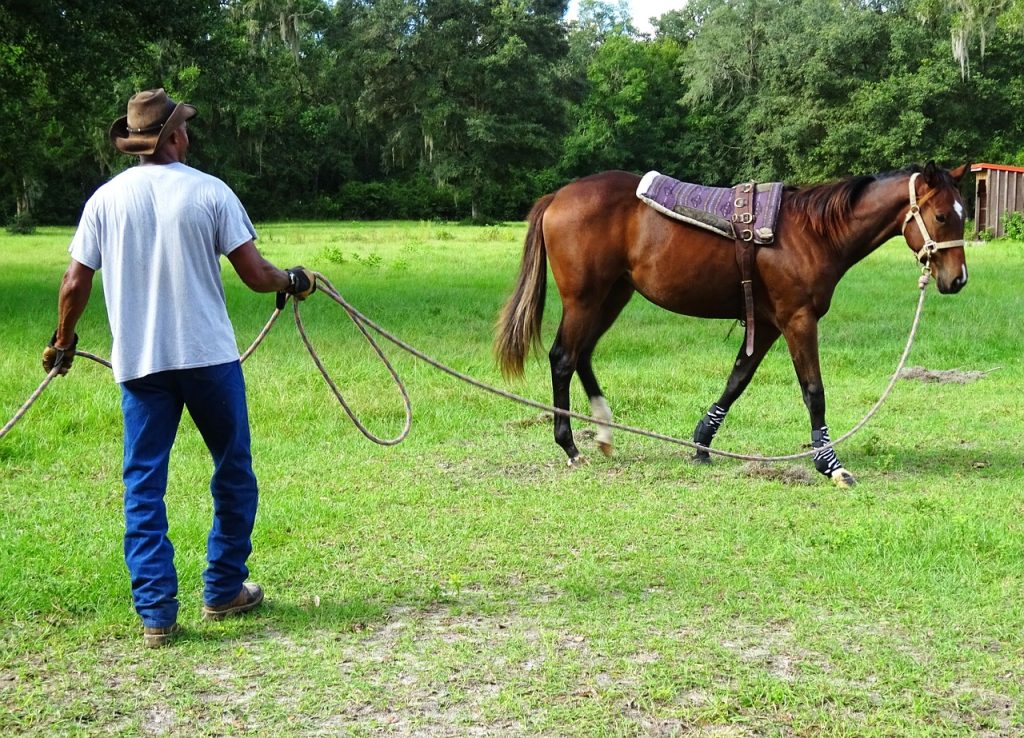
Advanced Horse Training Techniques
When your horse is comfortable with the basics, you can move on to more advanced training techniques.
Teaching horse tricks
Tricks can be a fun change of pace from the usual training. From bowing to fetching, the possibilities are almost endless.
Training for jumps and obstacles
If you plan on competing in equestrian events, teaching your horse to negotiate jumps and obstacles is crucial. Start small and gradually increase the complexity of the jumps or obstacles.
Dressage training techniques
Dressage teaches a horse to be responsive and obedient with seamless communication between rider and horse. It requires patience, consistency, and a deep understanding of your horse’s temperament.
Endurance training for horses
Endurance training prepares a horse for long distance races. It involves step-wise conditioning to improve the horse’s stamina and metabolic efficiency.
Dealing with Behavioral Issues
Behavioral issues can hinder training progress. Assessing and addressing these problems early can prevent them from becoming long-term issues.
Identifying common horse behavior problems
Common horse behavior problems include aggression, disrespect of personal space, fear, and anxiety. As a trainer, you should be able to recognize these behaviors promptly.
Understanding the root causes
Understanding why a horse displays a particular behavior is crucial. It helps you devise a strategy to correct that behavior effectively, that addresses the cause and not just the symptom.
Implementing appropriate solutions
Solutions could range from adjusting training techniques to changing equipment. It may even involve consulting with a professional trainer or a vet.
When to seek professional help
If a behavior problem persists despite your efforts, it’s time to seek professional help. Veterinarians or equine behaviorists can provide valuable insights and solutions.
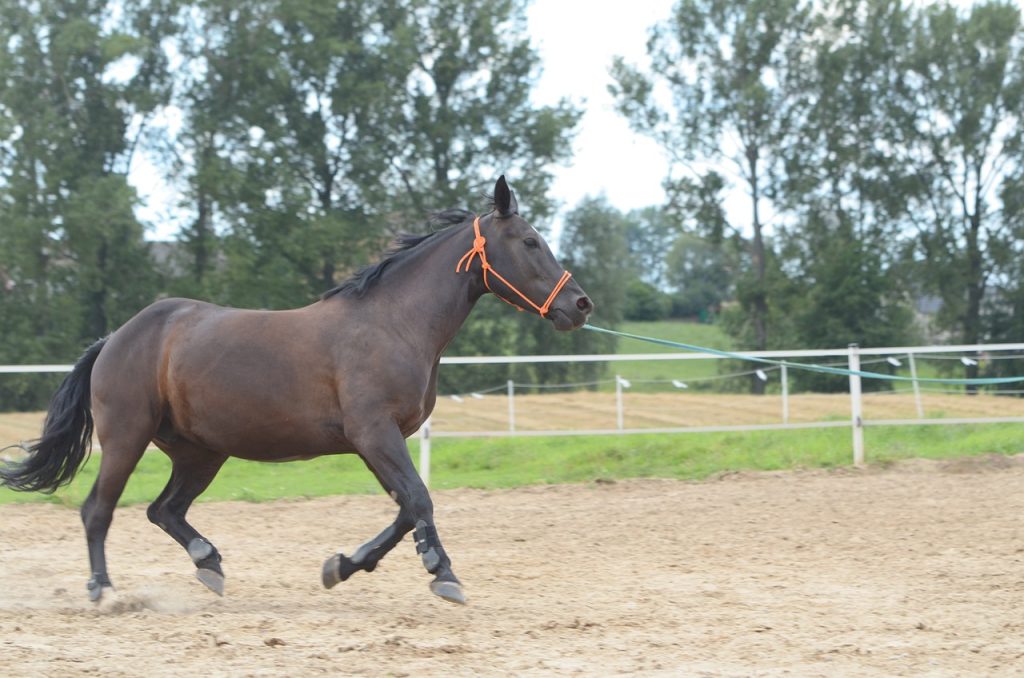
Promoting Horse Health in Training
The wellbeing of your horse is paramount during training. Balanced diet, ample rest and regular health check-ups help maintain optimal health.
Diet and nutrition consideration
A diet rich in nutrients is crucial for horses undergoing training. They require more calories, protein, vitamins, and minerals compared to sedentary horses.
Exercise and rest balance
A good balance between workout and rest is essential. Training should be interspersed with rest days to allow muscle recovery and prevent injuries.
Routine health checks
Regular health checks help detect any potential issues early. Routine checks should include dental check-ups, hoof examination and general physical health assessment.
Injury prevention and care
Injury prevention includes safety measures like using proper equipment and not overworking your horse. If an injury occurs, prompt and proper care is essential to ensure quick recovery.
Competing in Equestrian Events
Ready to take your horse to a competition? Here’s what you need to know.
Selecting suitable events for your horse
Not all competitions may be suitable for your horse. Consider their training level, temperament, and physical condition when selecting competitions.
Preparing for the competition
Prepare your horse physically by maintaining consistent training and mentally by desensitizing them to stimulus they’ll face at the event.
Competing etiquette
Respecting fellow competitors, following event rules, and caring for your horse, even in a stressful environment, is crucial.
Post-competition care and analysis
After a competition, allow your horse to rest and recover. Review your performance and identify areas of improvement for future competitions.
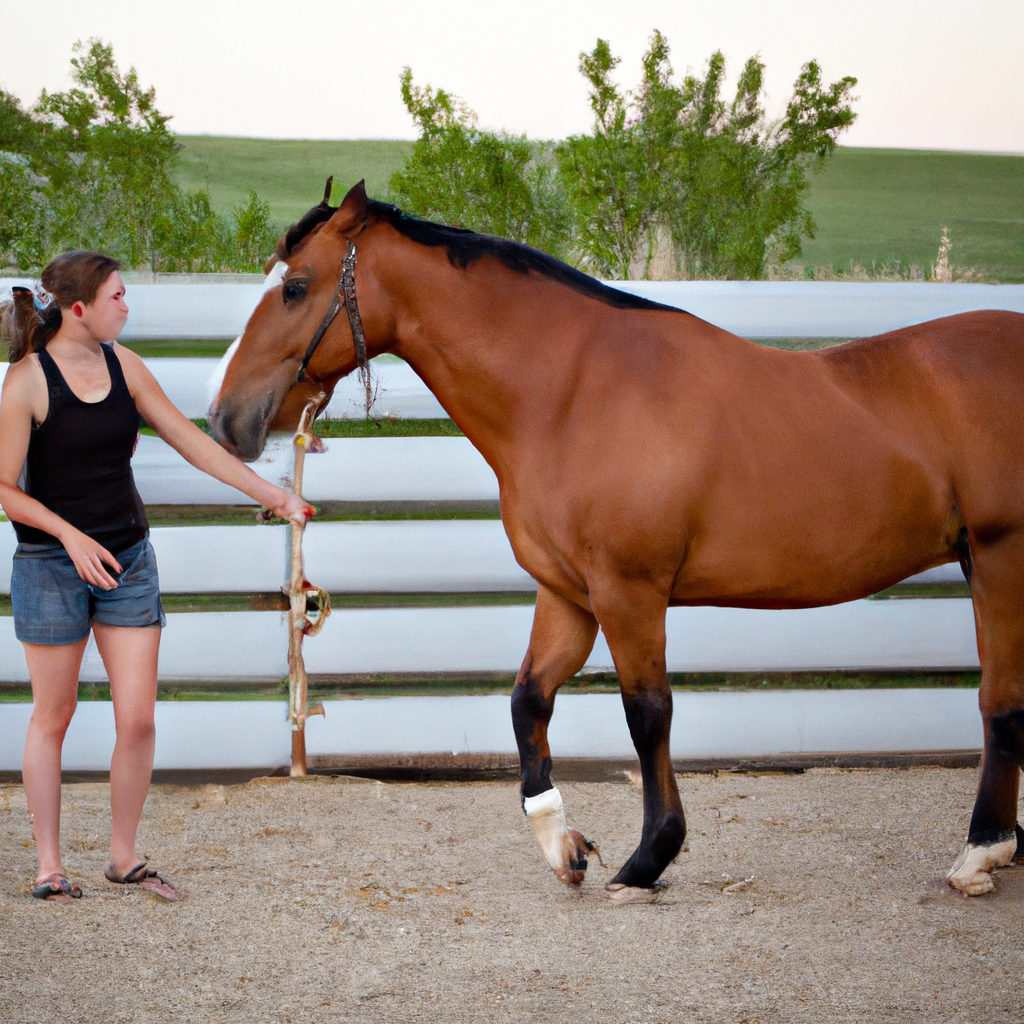
Legal and Ethical Aspects of Horse Training
Horse training should comply with legal and ethical standards.
Understanding horse welfare laws
Ensure you are familiar with laws and regulations pertaining to horse welfare in your region. These laws are established to protect horses from harm and mistreatment.
Observing ethical practices in horse training
Ethical training methods prioritise the horse’s wellbeing. They prohibit practices that cause unnecessary stress or harm to the horse.
Responsible breeding and training
If you breed horses, do so responsibly. Consider the health and genetic traits of potential parent horses.
Breeding for performance vs. Health
Breeding horses for performance should not compromise their health. Always prioritize the wellbeing of the horse over any potential competitive edge.
Continuing Education for Horse Trainers
Constant learning is the key to becoming a better horse trainer.
Staying updated on the latest research
Equine studies provide valuable insights into horse behavior, training techniques, and health care. Stay updated on the latest findings to enhance your training methods.
Learning from experienced horse trainers
Experienced trainers can provide practical knowledge not found in books. Listen to their experiences, observe their methods and learn.
Attending horse training seminars and workshops
Seminars and workshops provide opportunities to learn new techniques, share knowledge and network with other horse enthusiasts.
Continuing education opportunities
Look for continuing education opportunities. Many institutions offer advanced courses in equine studies that can bolster your knowledge and credentials.
